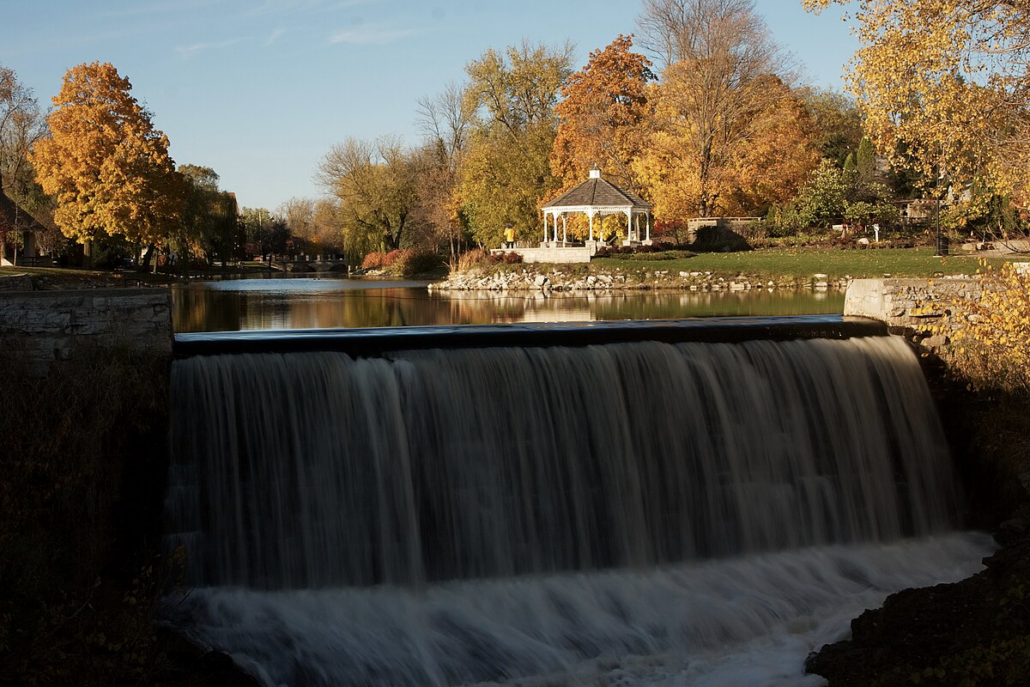Early Settlement and Indigenous Peoples: The area where Menomonee Falls is located was originally inhabited by indigenous peoples, including the Menominee tribe, from which the village’s name is derived. The Menominee people lived along the nearby Menomonee River, and their presence has left a cultural and historical impact on the region.
European Settlement: European settlers began to arrive in the area in the early 19th century. The first known settlers in what is now Menomonee Falls were predominantly of German and Irish descent. These early settlers engaged in farming and other forms of agriculture to sustain their livelihoods.
Incorporation and Growth: Menomonee Falls was officially incorporated as a village in 1892. During the late 19th and early 20th centuries, the village experienced gradual growth, driven by its agricultural activities and its proximity to Milwaukee, a major city in Wisconsin.
Industrialization and Economic Diversification: The village’s growth gained momentum with the advent of industrialization. Several industries, including mills, factories, and businesses, were established in Menomonee Falls. These industries contributed to the local economy and provided employment opportunities to the residents.
20th Century and Beyond: Menomonee Falls continued to evolve throughout the 20th century. The construction of highways and improved transportation infrastructure facilitated easier access to the village and encouraged further growth. The village saw a shift from its earlier agrarian economy to a more diversified one, including retail, manufacturing, and services.
Suburban Development: As suburbanization became a prevalent trend in the mid-20th century, Menomonee Falls experienced significant residential and commercial development. Many people were drawn to the area for its suburban lifestyle while still having access to urban amenities in nearby Milwaukee.
Modern-Day Menomonee Falls: In recent decades, Menomonee Falls has continued to thrive as a suburban community. It offers a mix of residential neighborhoods, commercial centers, parks, and recreational facilities. The village is known for its quality of life, well-regarded schools, and various community events.

